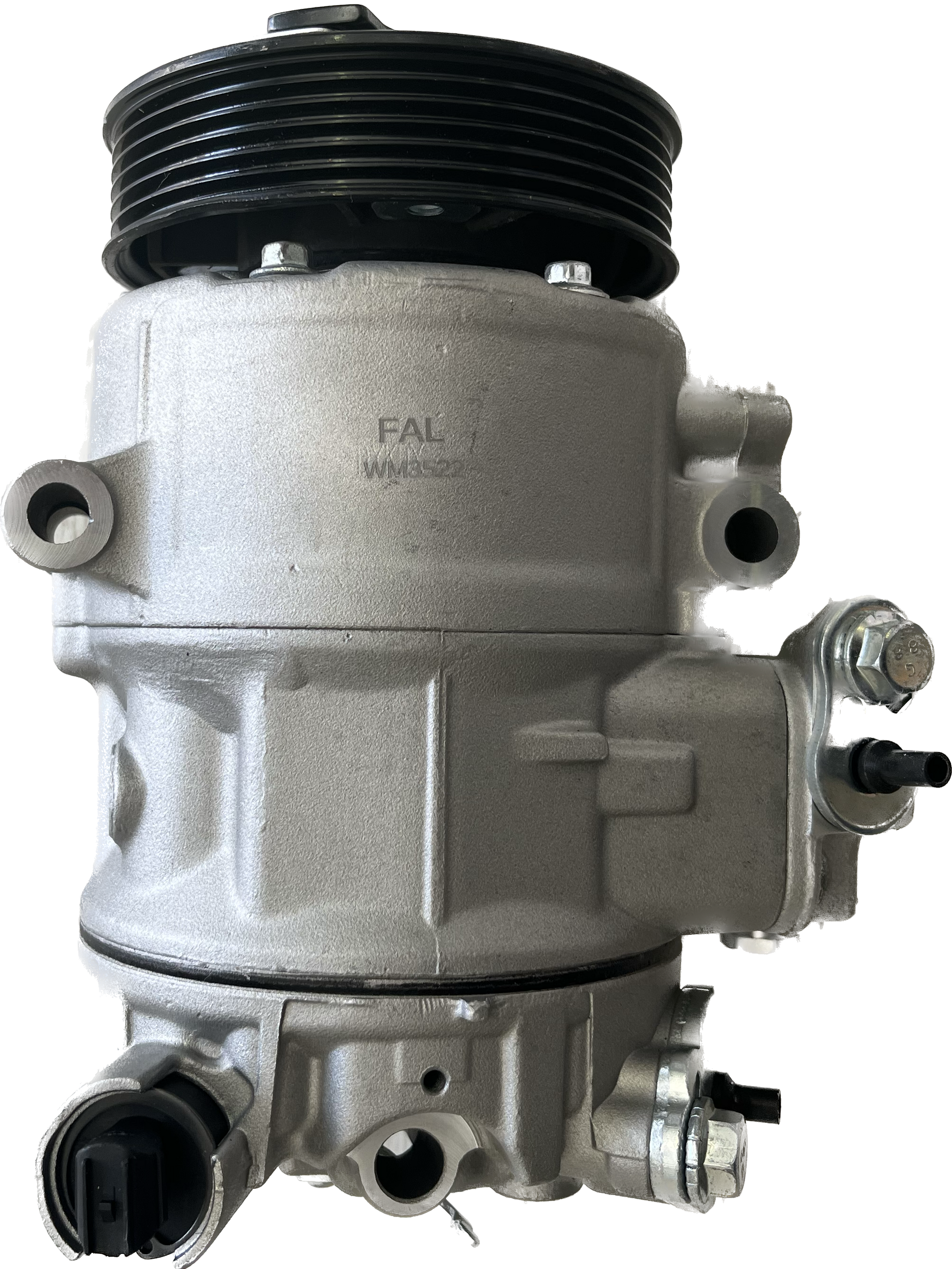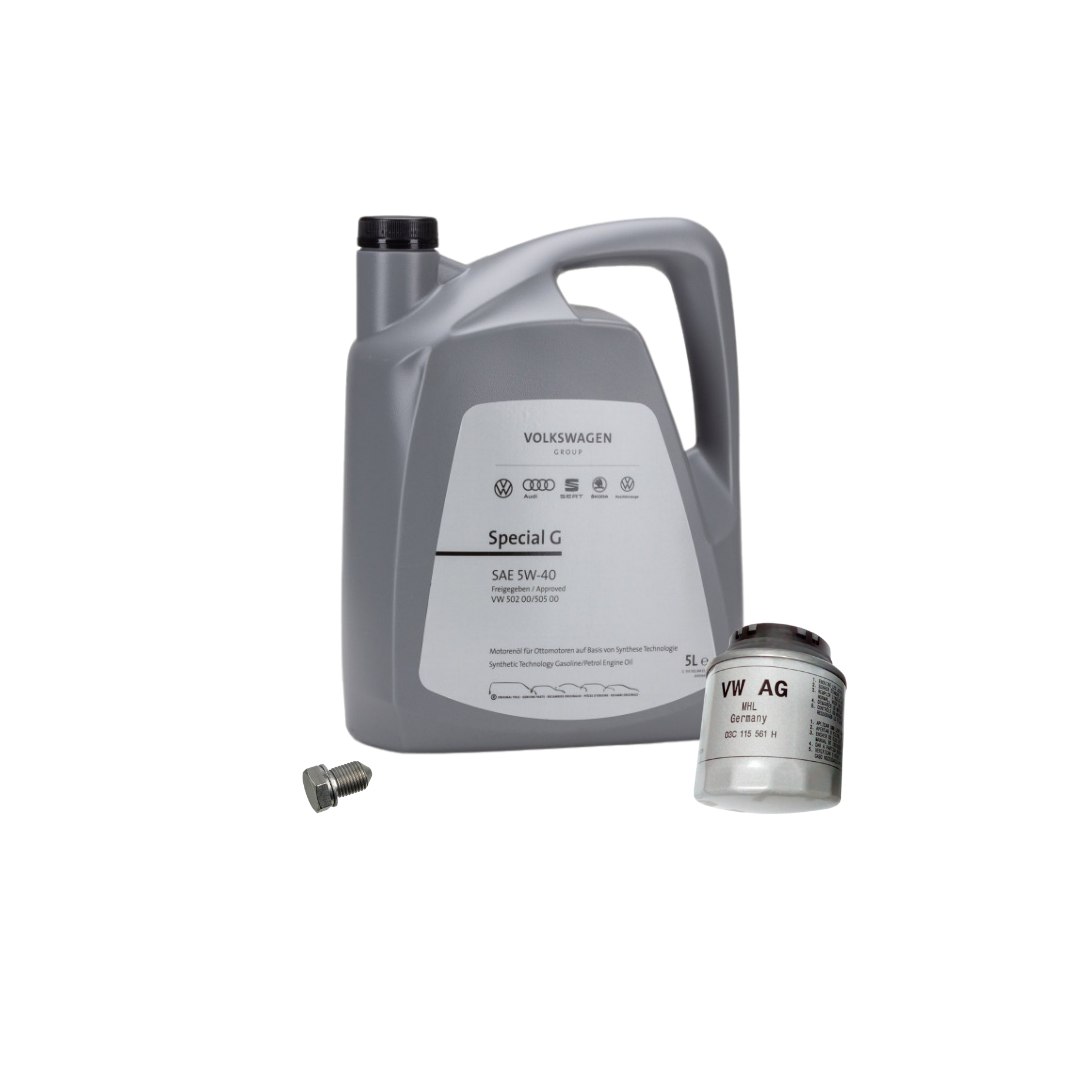Avoid operational issues with a well-tuned clp engine.
Avoid operational issues with a well-tuned clp engine.
Blog Article
Just How a Clp Engine Can Enhance Performance in Different Industries
The arrival of CLP engines marks a considerable change in functional performance across different fields, driven by their capability to enhance gas intake and minimize downtime. As organizations progressively focus on sustainability along with performance, the role of CLP engines becomes even much more important.
Overview of CLP Engines
CLP engines, or Continuous Fluid Propellant engines, stand for a substantial advancement in propulsion modern technology, specifically for area applications. These engines utilize a continuous feed system that permits for the continual expulsion of propellant, resulting in enhanced efficiency and efficiency contrasted to conventional strong or hybrid propulsion systems. By preserving a constant circulation of fluid propellant, CLP engines can achieve extra specific drive control, which is important for maneuvering spacecraft in numerous objective circumstances.
The layout of CLP engines integrates innovative materials and innovative gas administration systems. clp engine. This causes minimized weight and increased integrity, vital factors for long-duration area missions. The continual operation lessens the danger of burning instability, a typical obstacle in conventional rocket engines.

Benefits in Manufacturing
The manufacturing of Continual Fluid Propellant (CLP) engines offers numerous remarkable benefits that improve both effectiveness and cost-effectiveness. One of the primary benefits is the streamlined manufacturing procedure, which minimizes the intricacy related to conventional propulsion systems. By utilizing liquid propellant, suppliers can attain higher accuracy in engine efficiency, causing enhanced energy result and minimized waste.
Furthermore, CLP engines help with a greater level of modularity, enabling for simpler integration right into different manufacturing lines. This flexibility can significantly decrease lead times and boost general operational flexibility. Making use of CLP innovation also often tends to lessen the need for extensive upkeep because of less moving parts, which converts into reduced downtime and functional costs.

Applications in Logistics
Leveraging Continual Fluid Propellant (CLP) engines in logistics supplies significant benefits in functional efficiency and dependability. These engines offer a robust service for different transportation needs, enabling the seamless activity of items throughout substantial ranges. The inherent design of CLP engines permits for regular power result, which equates into smoother and much more predictable transportation timetables.
Among the essential applications of CLP engines in logistics is in heavy-duty freight transportation, where they can drive basics both ground and airborne automobiles. Their ability to maintain high efficiency under differing load conditions ensures that distribution timelines are satisfied, thus improving customer satisfaction. In addition, CLP engines can be incorporated into automated logistics systems, facilitating real-time monitoring find and optimizing route preparation.
Additionally, the toughness of CLP engines minimizes maintenance downtime, permitting logistics business to optimize their functional capabilities. This is especially useful in warehousing operations, where effectiveness in dealing with and moving products is crucial. As logistics proceeds to develop, the assimilation of CLP engines represents a forward-thinking strategy that not only boosts performance but also supports the market's growing needs for dependability and rate.
Effect On Energy Effectiveness
Exactly How do Constant Fluid Propellant (CLP) engines enhance power efficiency in transportation? CLP engines make use of a consistent flow of fluid fuel, enhancing burning processes and preserving a stable drive output. This style decreases energy losses related to traditional combustion engines, where gas distribution can vary and result in ineffectiveness.
The constant procedure of CLP engines permits a much more reliable thermal cycle, resulting in higher certain impulse contrasted to standard engines. clp engine. This translates to decreased fuel intake for the very same amount of work done, substantially decreasing functional prices across various transportation industries, including aviation and maritime markets
Additionally, the capacity of CLP engines to keep optimum efficiency under differing lots problems lowers the demand for constant acceleration and deceleration, even more improving fuel effectiveness. Enhanced energy effectiveness not only adds to cost savings but likewise brings about decrease greenhouse gas exhausts, straightening with worldwide sustainability objectives.
Future Trends and Innovations
Emerging developments in Constant Liquid Propellant (CLP) engine technology promise to transform the landscape of transportation efficiency and sustainability. As industries pivot toward greener choices, CLP engines stand at the center, incorporating ingenious materials and design approaches that enhance efficiency while lessening environmental impact.
Among one top article of the most appealing trends is the fostering of crossbreed systems that integrate CLP engines with sustainable energy resources. This harmony can enhance fuel consumption and lower discharges, aligning with international sustainability objectives. Improvements in computational fluid characteristics (CFD) are helping with the layout of even more aerodynamically effective engines, leading to reduced drag and boosted fuel performance.
Additionally, the growth of wise surveillance systems is readied to boost operational performances. These systems take advantage of data analytics and IoT technology to maximize engine performance in real-time, making sure that the engines run within their most efficient criteria.
As research continues to discover alternative propellant formulas-- such as biofuels and artificial fuels-- the future of CLP engines looks appealing. By using these advancements, sectors can not only enhance their performance yet also contribute dramatically to a cleaner, much more sustainable future in transportation.
Conclusion
To conclude, CLP engines represent a significant innovation in efficiency across numerous industries. Their ability to enhance gas intake and lower operational costs, integrated with a constant feed system, boosts power result and functional integrity. The integration of sophisticated materials and less relocating components decreases upkeep requirements, while alignment with sustainability goals positions CLP engines as a critical innovation for the future. Proceeded innovation in this field promises further improvements in efficiency and environmental performance.
Report this page